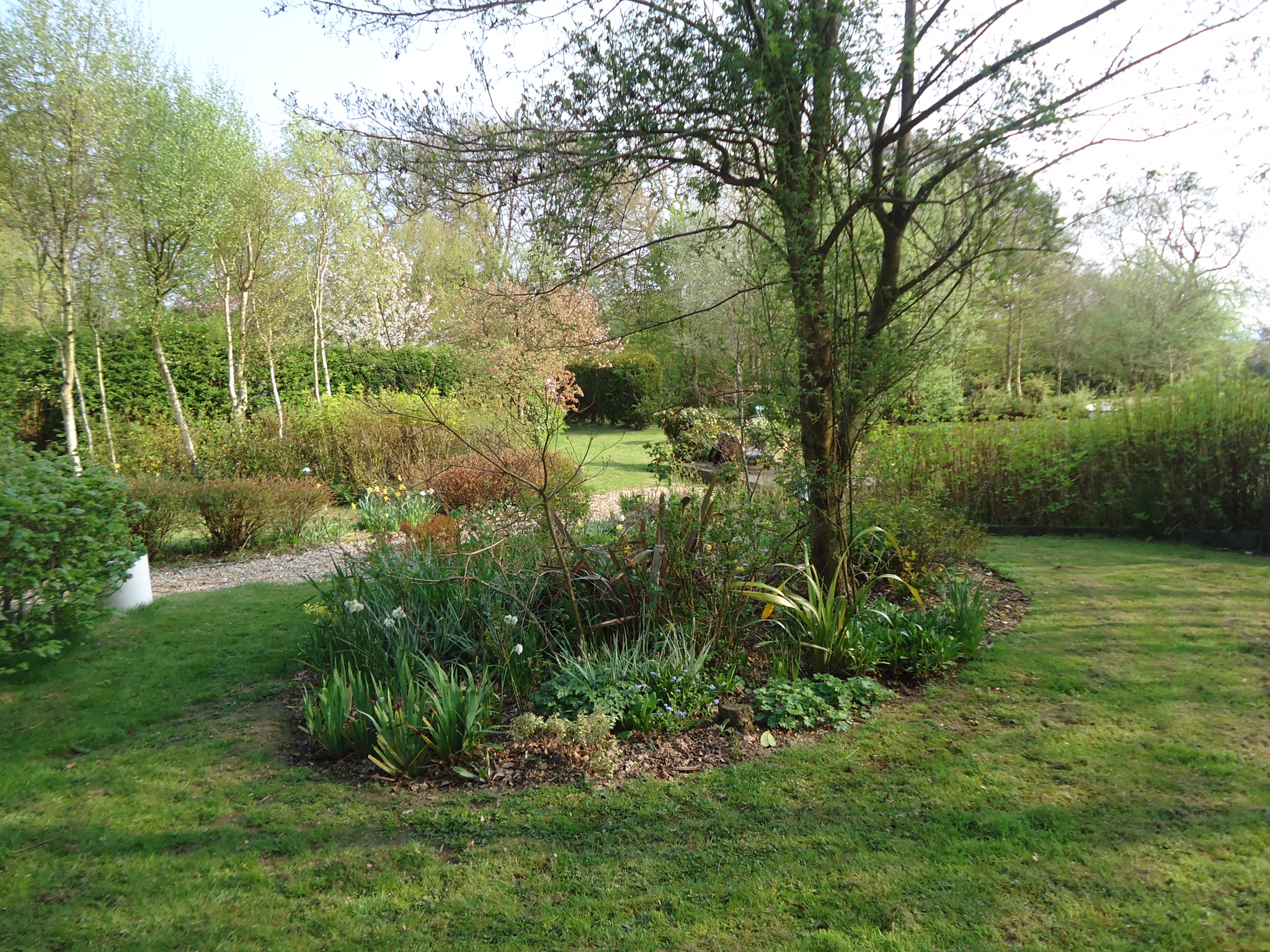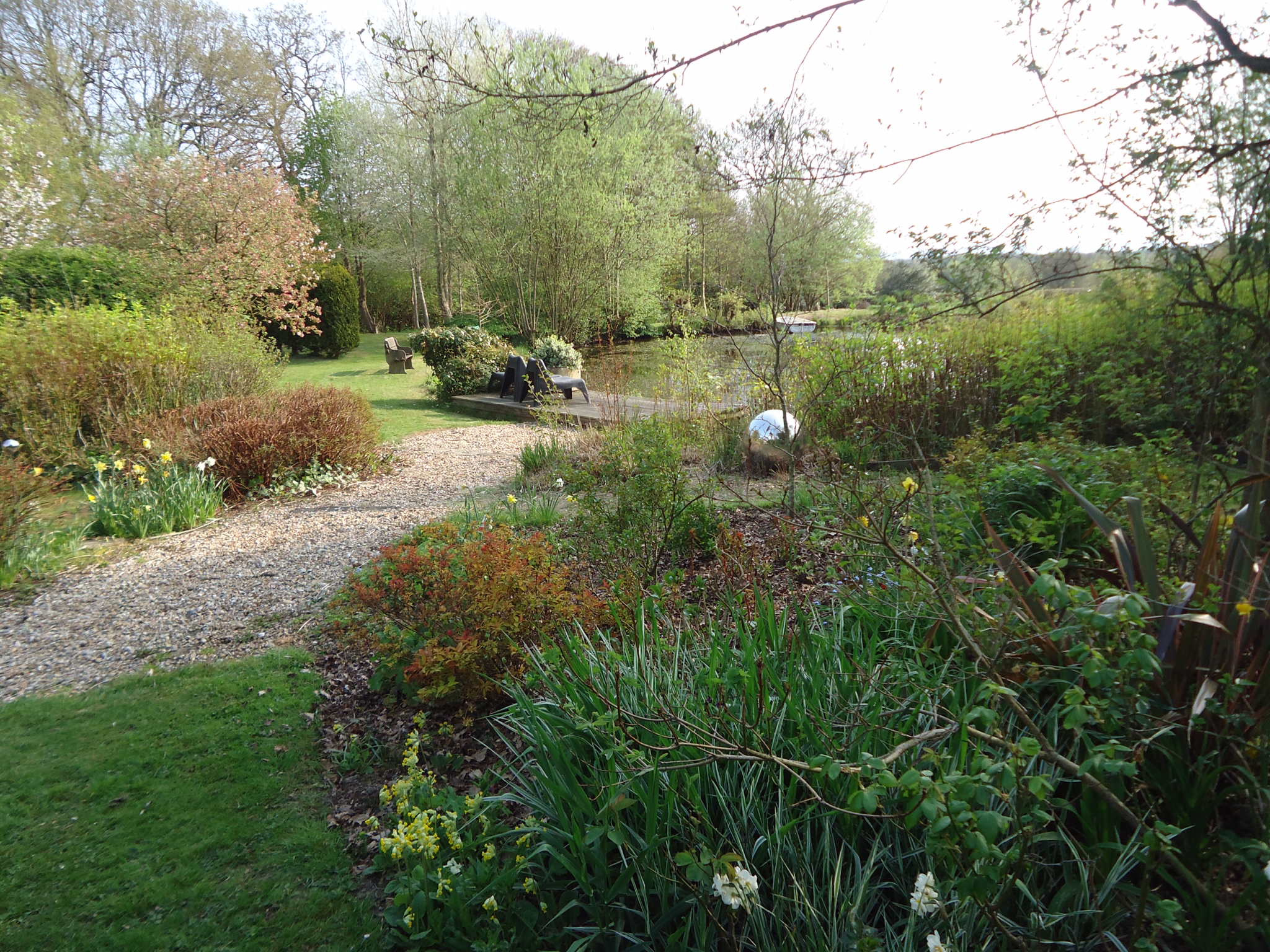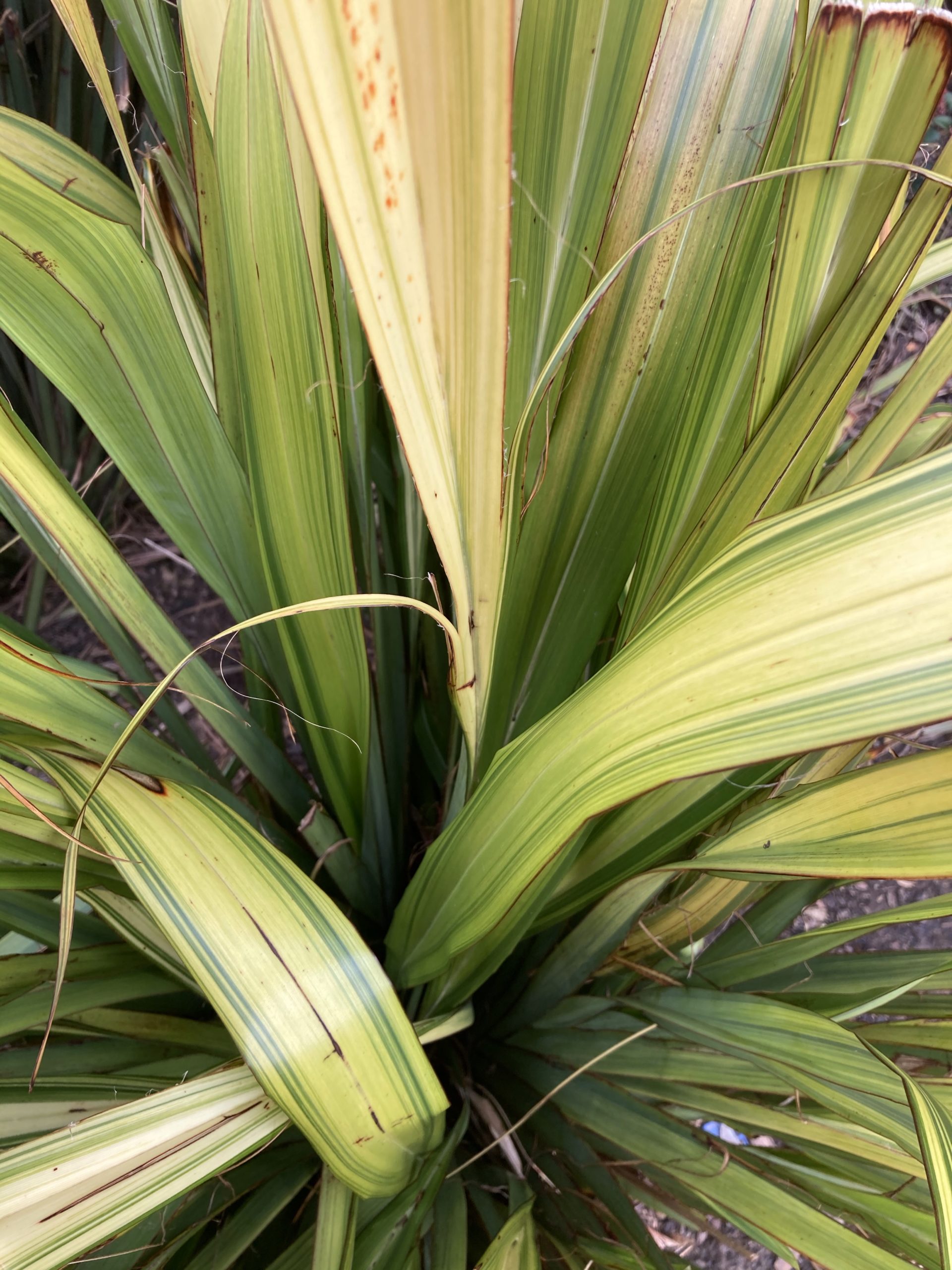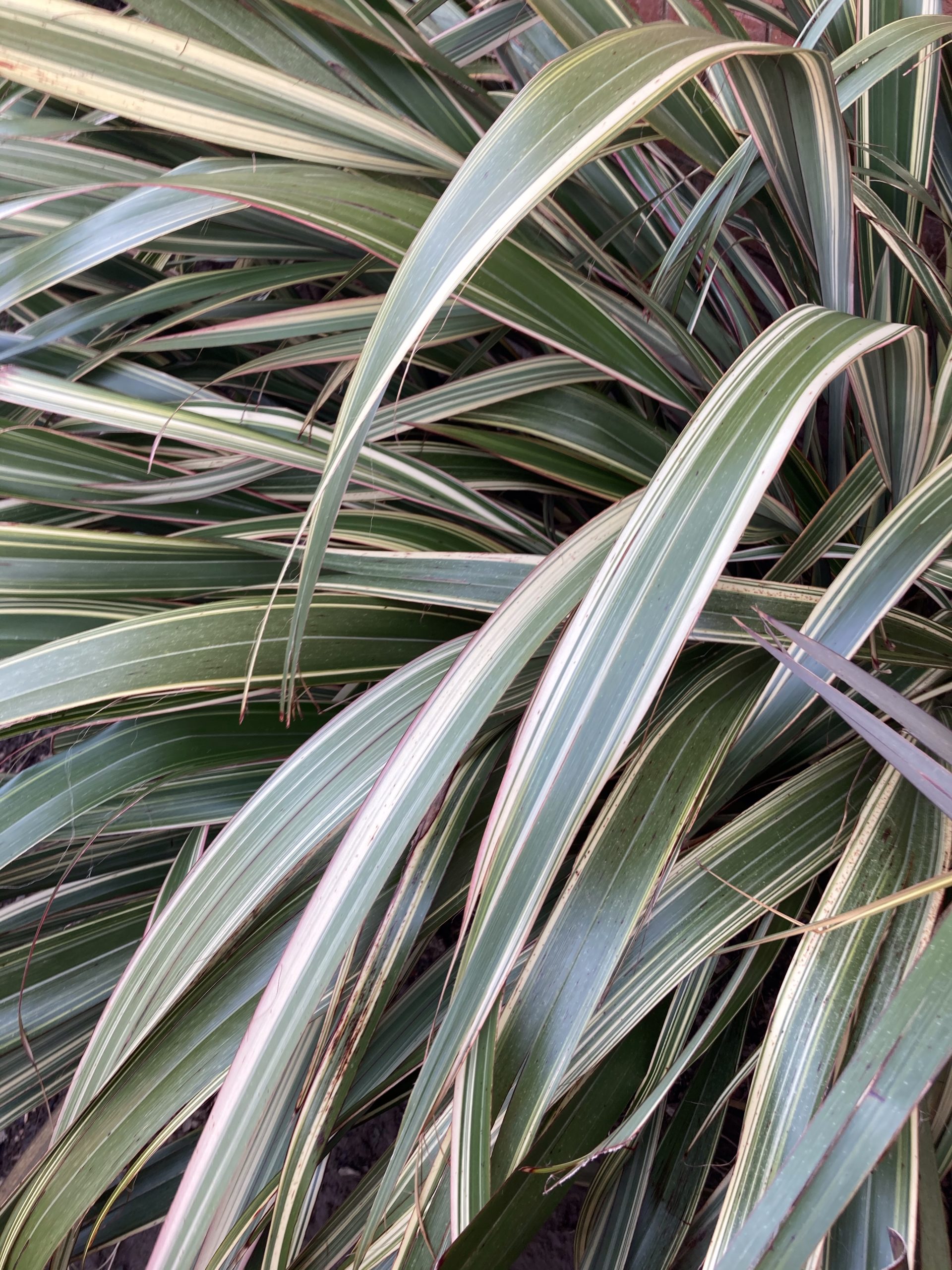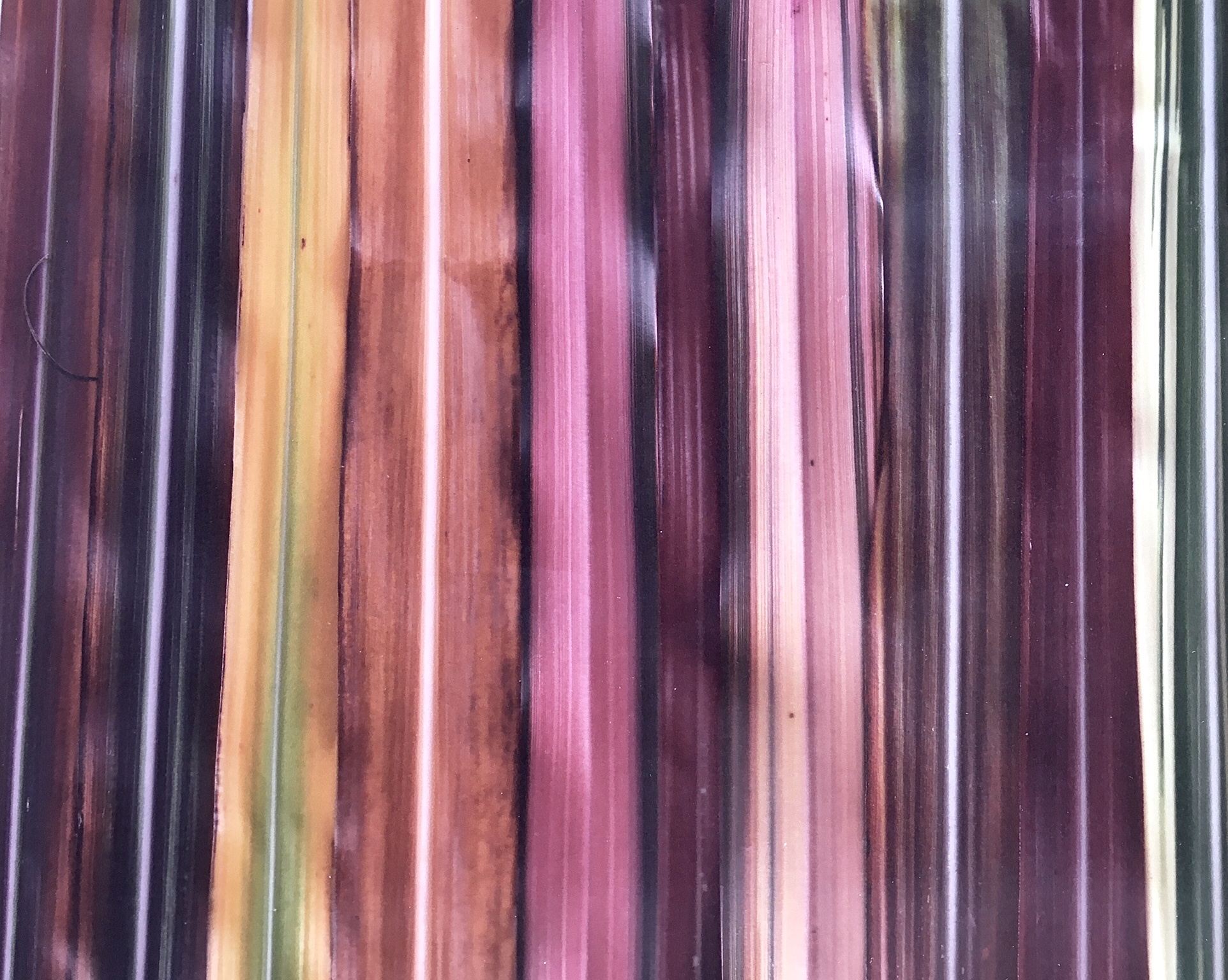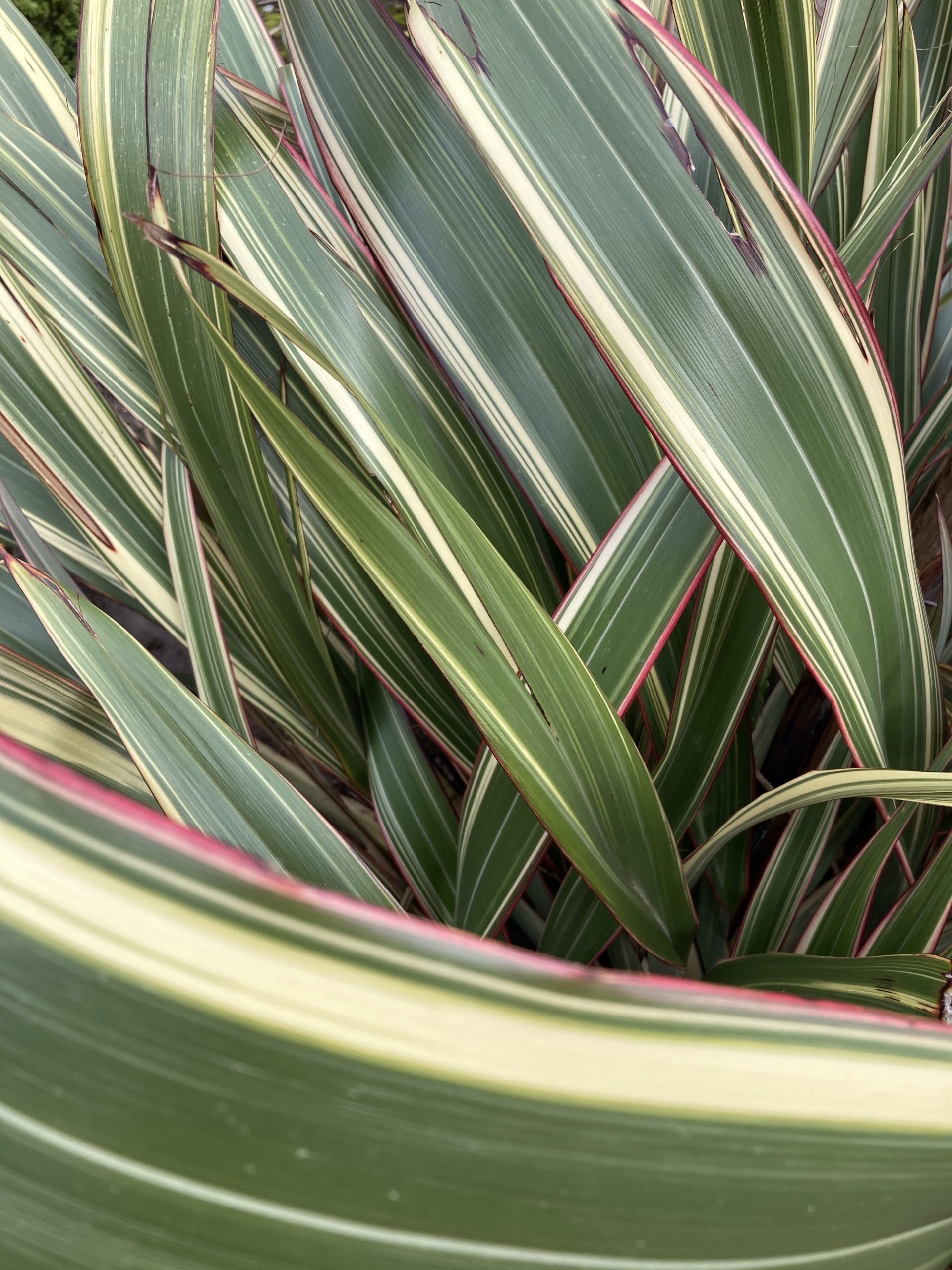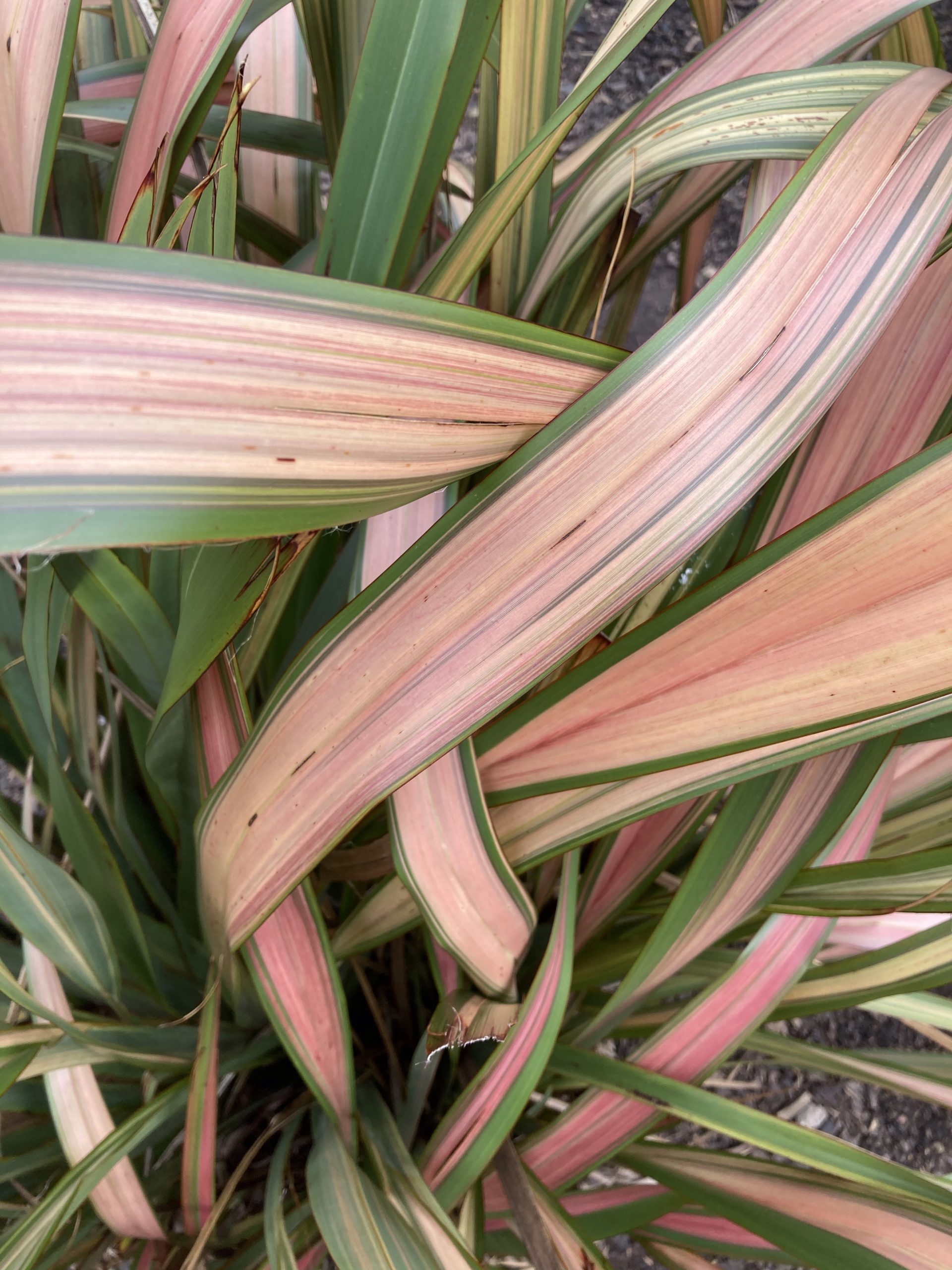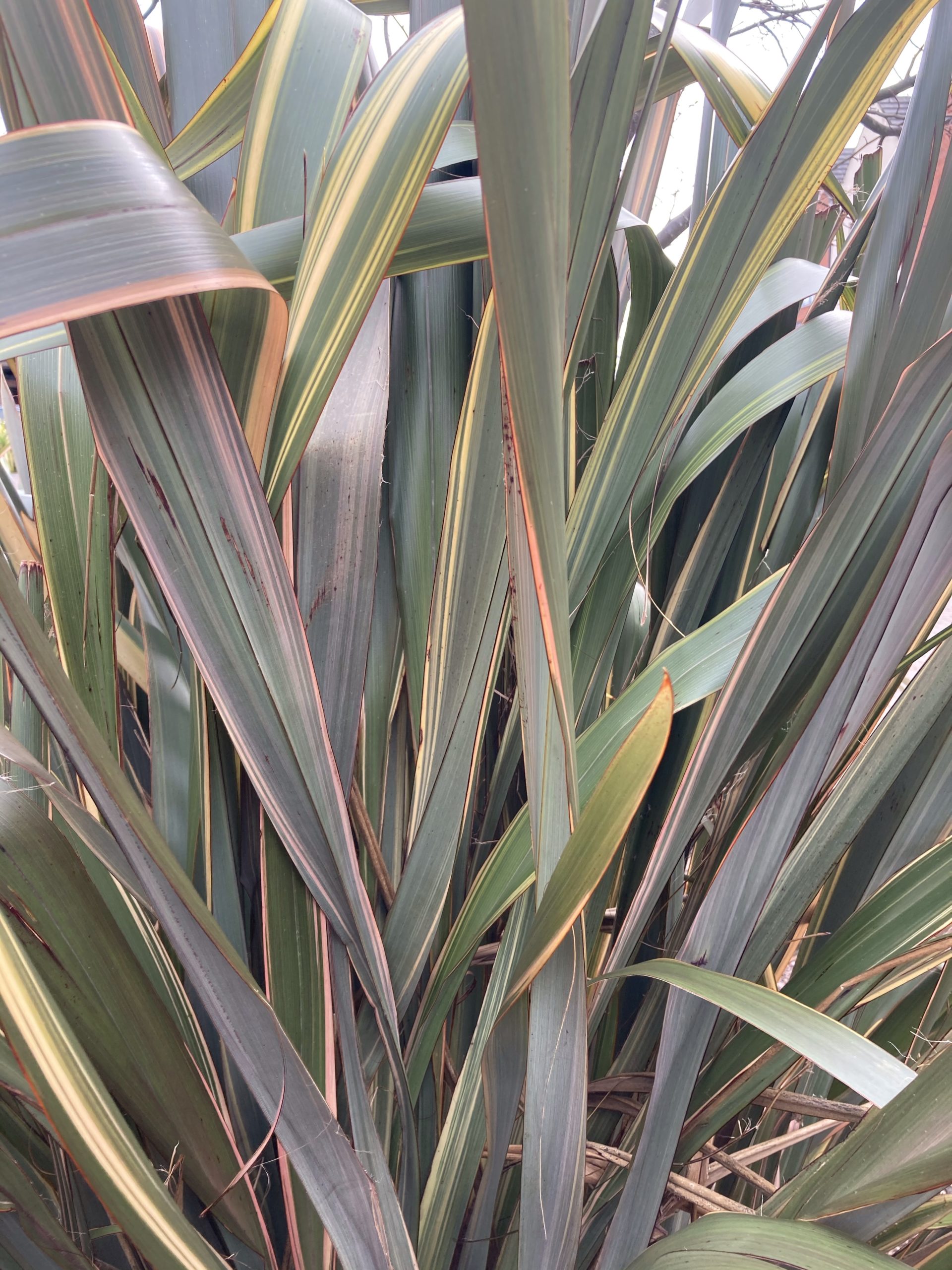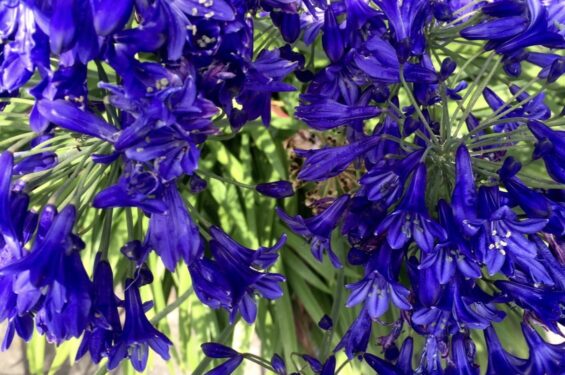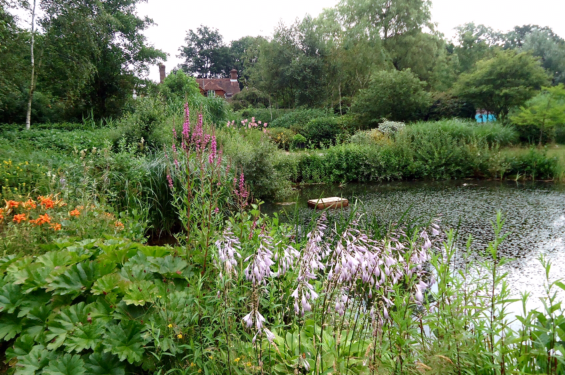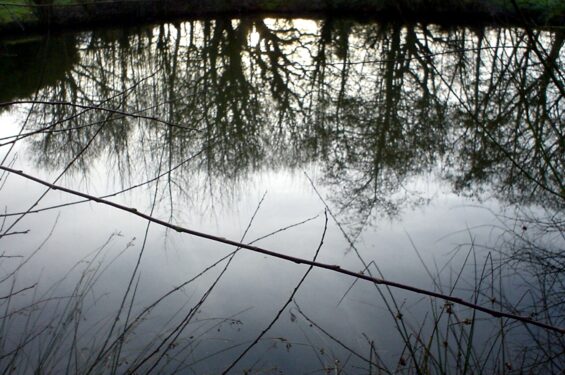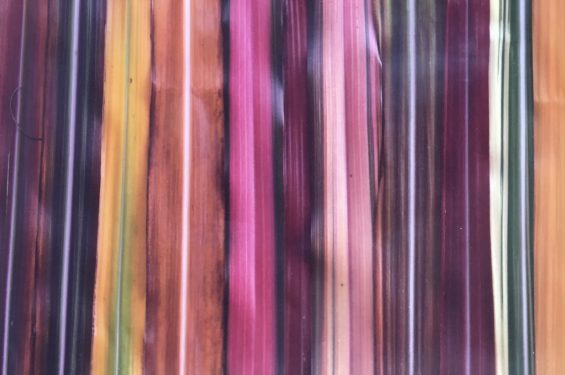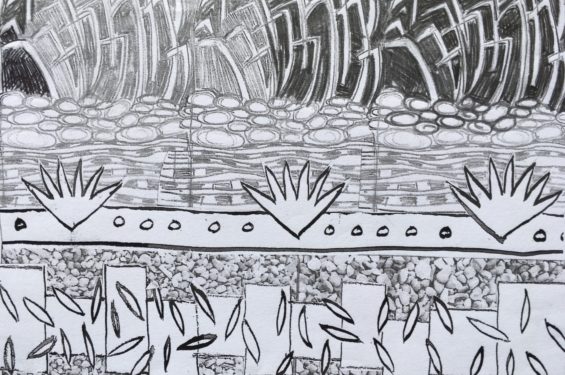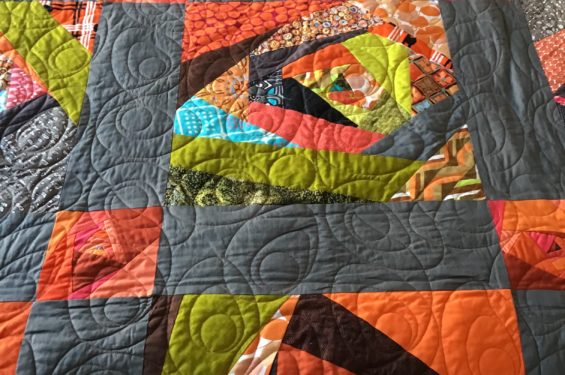Island Border and Phormium Tenax
Projects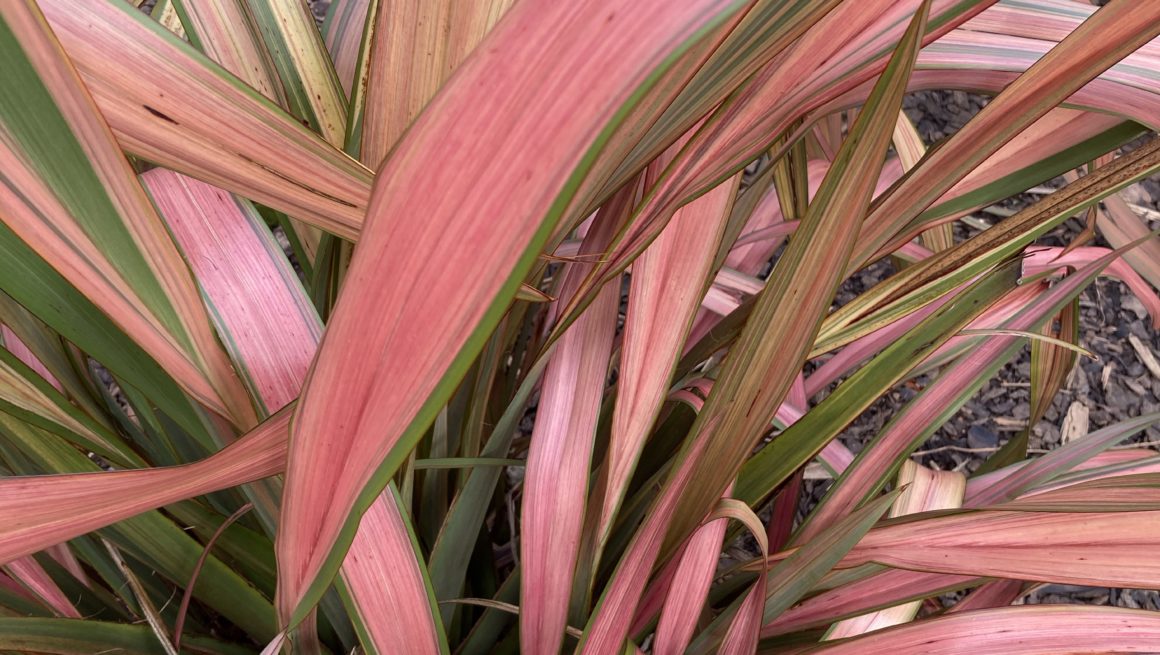
The bright days have drawn us into the garden to get some much needed fresh air and exercise. So many jobs have been accomplished with new found energy that it’s difficult to keep track of them all.
The new island border on the right hand side of the path down to the pond was tackled first. The border already has a handsome Alder, a small Copper Beech, some clumps of yellow Daylilies and some new Daffodils. We have filled the area very quickly with shrubs ‘donated’ by a customer, which were not favourites of theirs, and not needed in their new garden design and renovation. Amongst them were Hebes, Prostranthea, a large Cotinus ‘Grace’ and numerous Primulas. We added to these with transplanted shrubs and rooted cuttings from our garden, including Phormiums ‘ Yellow Wave’, ‘Sussex Velvet’ and ‘ Tricolour’, positioned to catch the evening sun. There are still quite a few yellow Daylilies to take up and move. Heavy work in wet clay soil, but ideal growing conditions for them.
Any gaps were soon filled with London Pride and cream Symphytum.
It is a big area of about seven square metres and we’ve only had to buy two shrubs. Good going!
One shrub we certainly have in abundance is Phormium tenax. It thrives in our soil and looks wonderful with the wind thrashing through it. It also has the benefit of creating structural height in a border, good year-round cover for wildlife and it looks more at home in a wild setting where it can spread.
Increasingly it is seen as an easy and inexpensive choice for landscapers to use in new residential housing developments. So wrong when planted alongside paths where the strong leaves overhang and are easy to trip on, and the frequent solution to keep them ‘ tidy’ is to trim them into horrendous topiary shapes.
This year we have lifted and divided some established Phormium varieties, and have about 50 offsets to fill a large area, and still more available if I have the energy. We have planted them below the pond in an area we’re gradually establishing. The small offsets can be rocked by the wind in such an open environment, so their roots can’t get a hold, so I’ve painstakingly filled each planting hole with home produced compost and then supported each offset with two canes per plant and tied them in with hairy string. I love the varieties of leaf colours and they will look well in this setting. Their presence will simply add to the whole visual framework of the garden; the overall picture.
